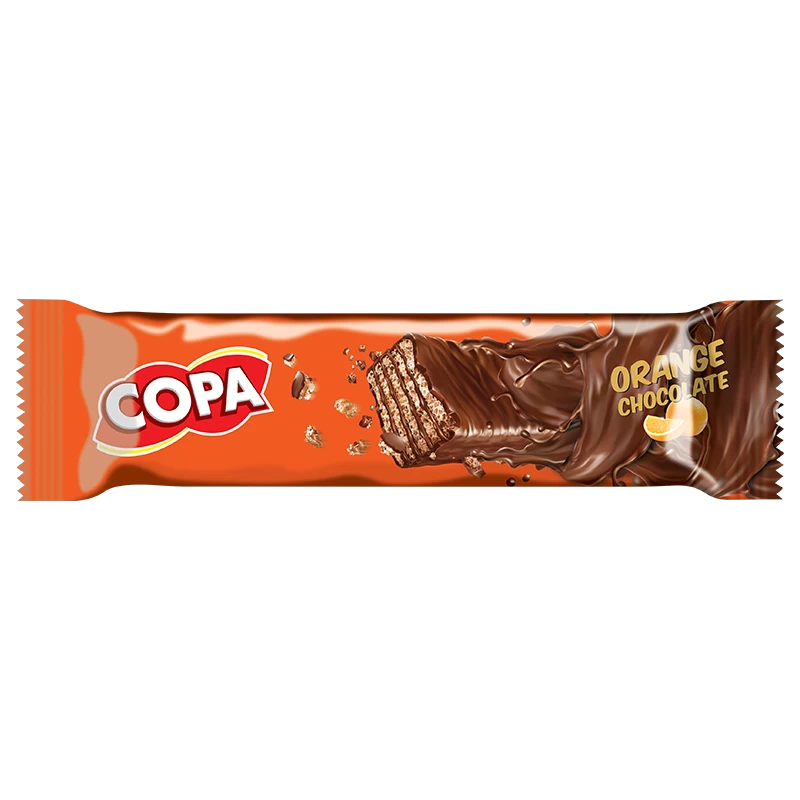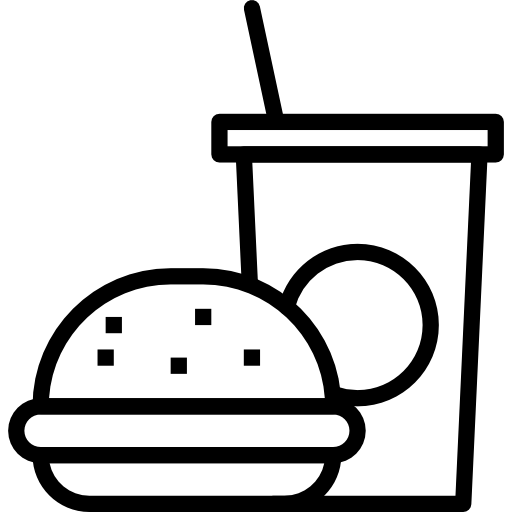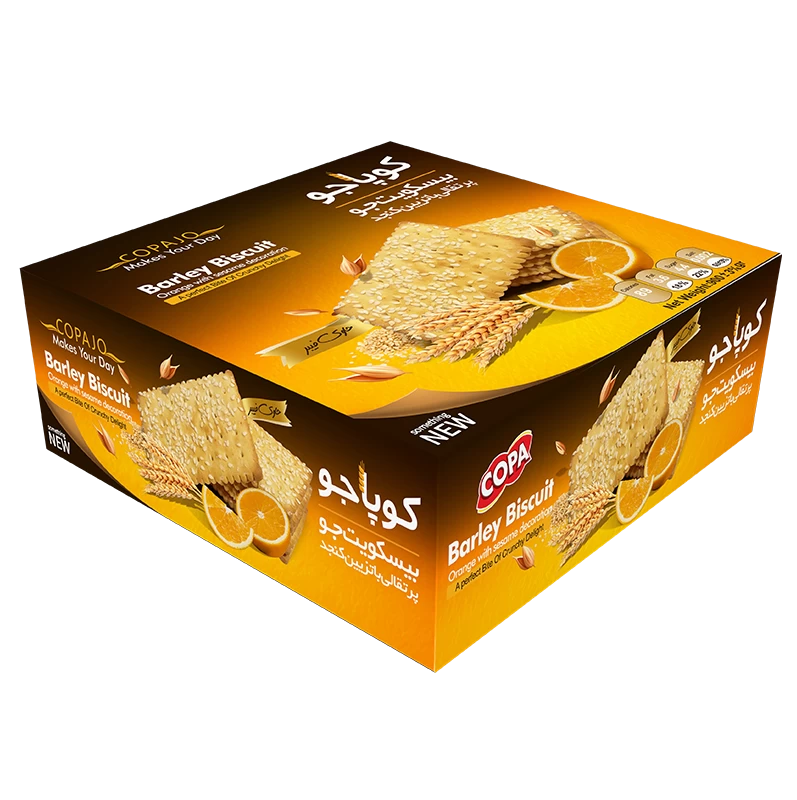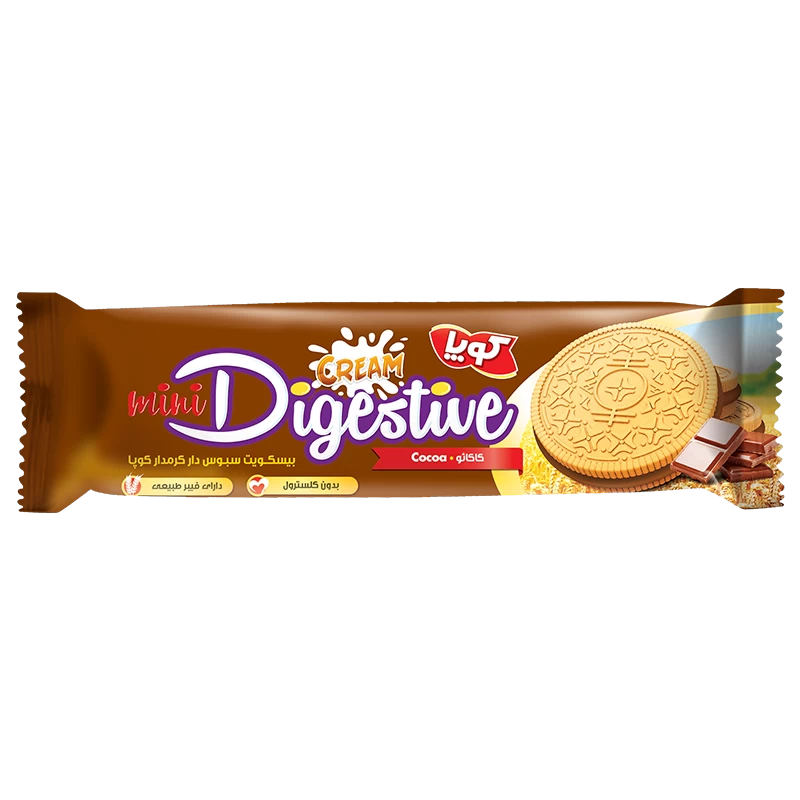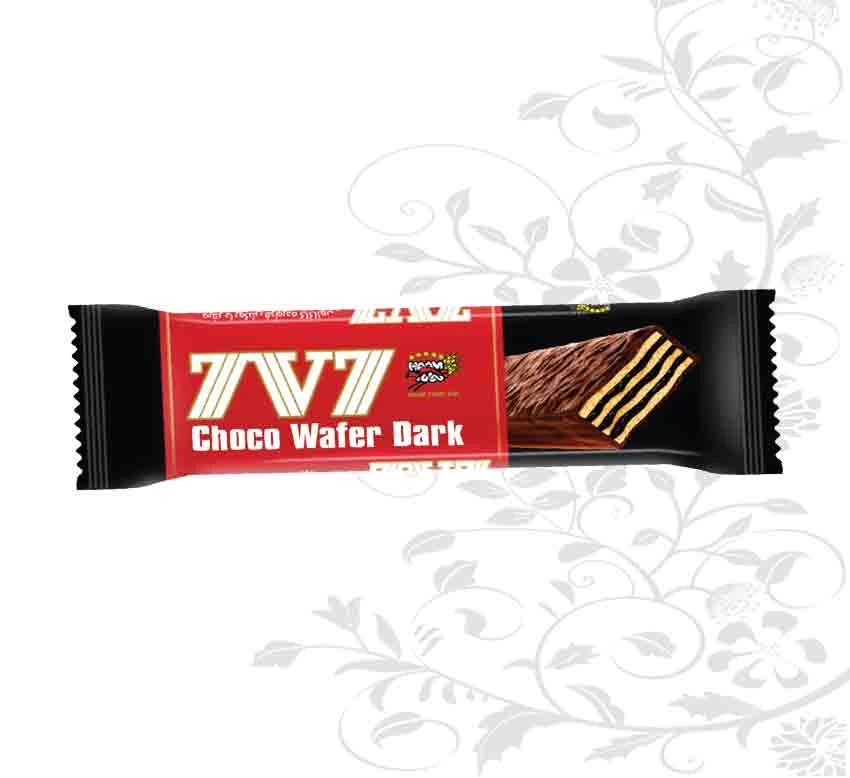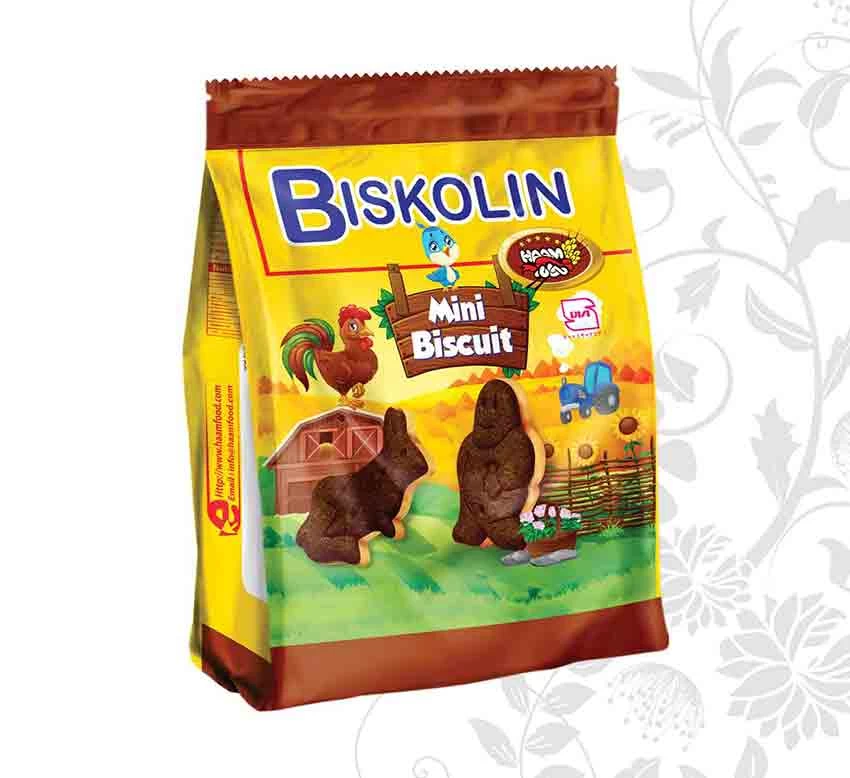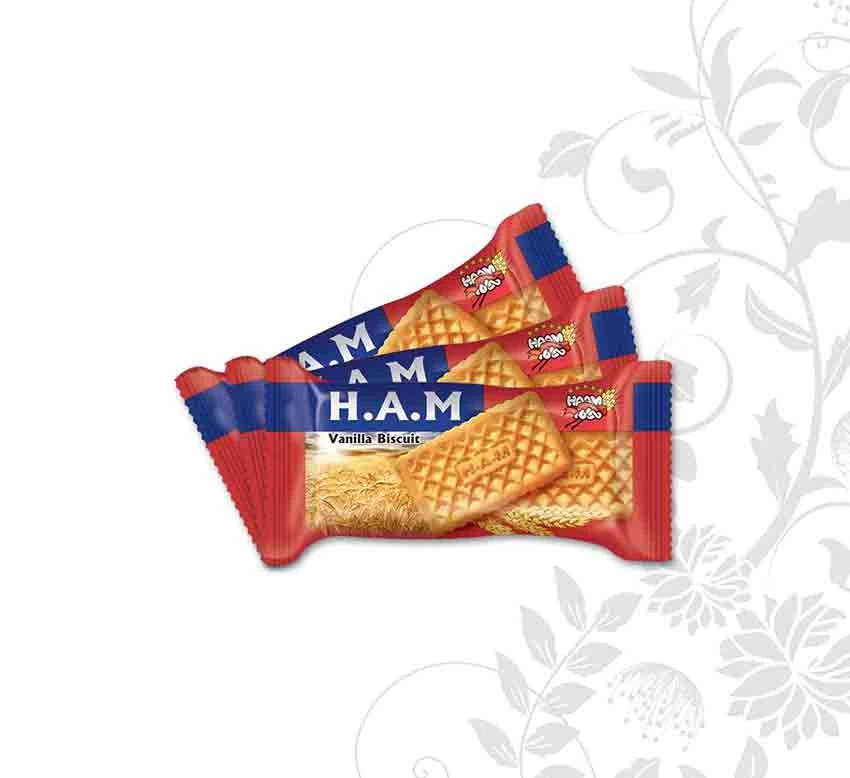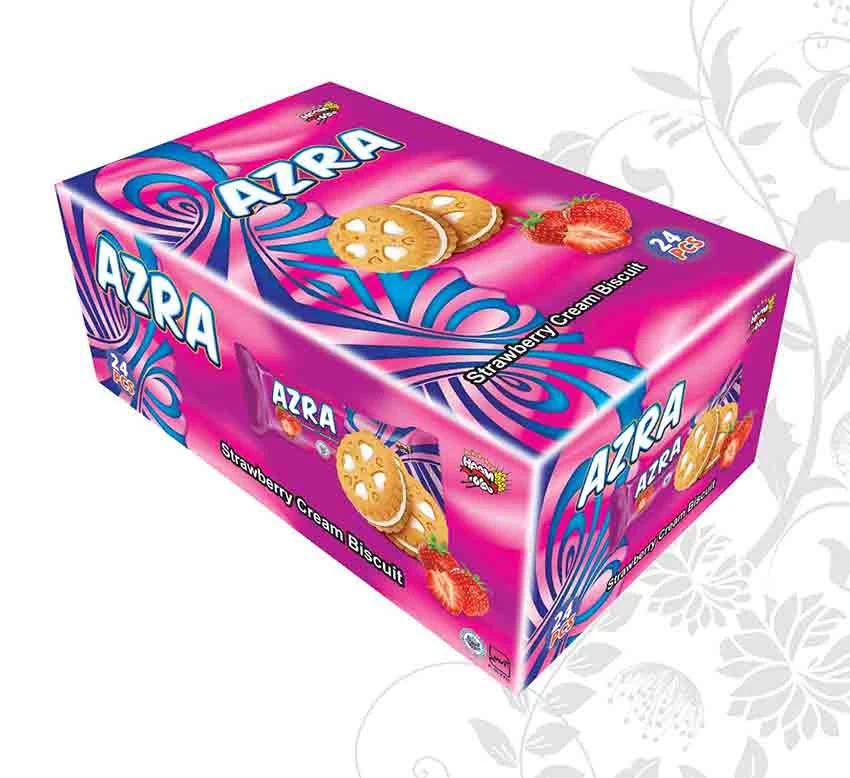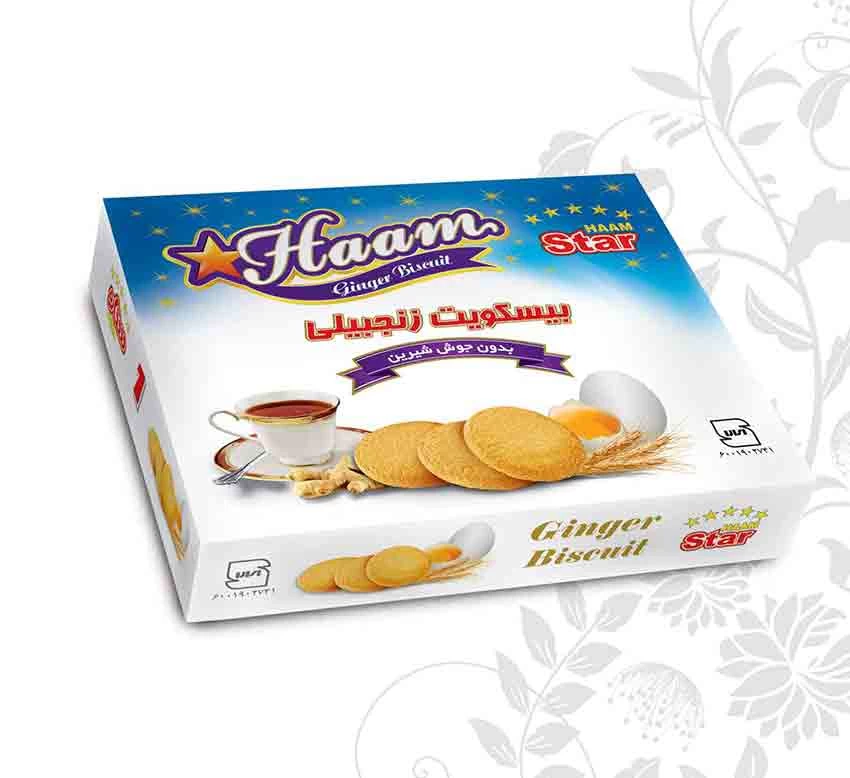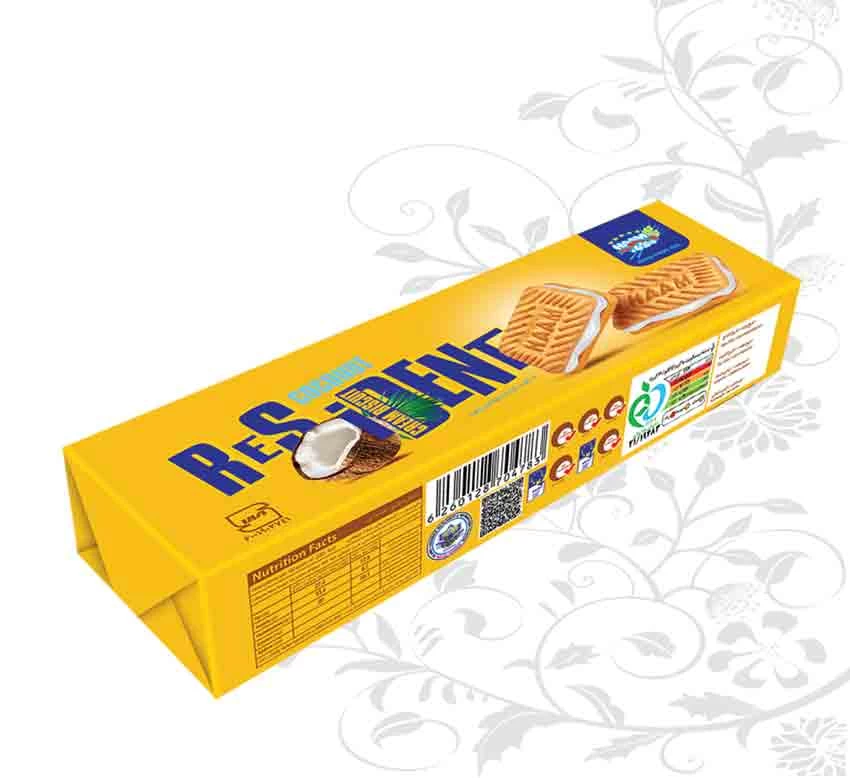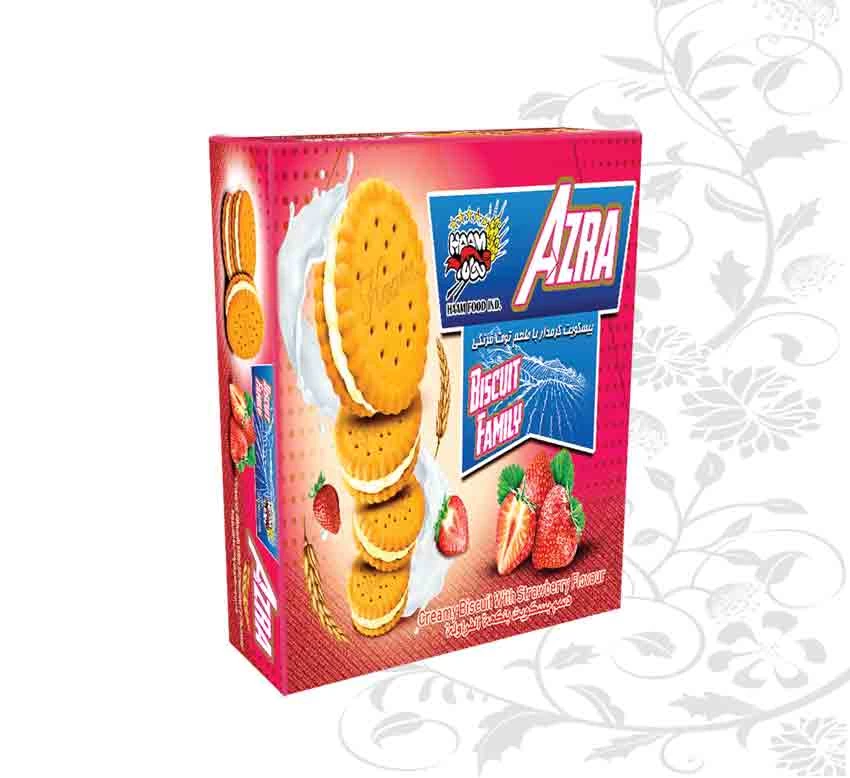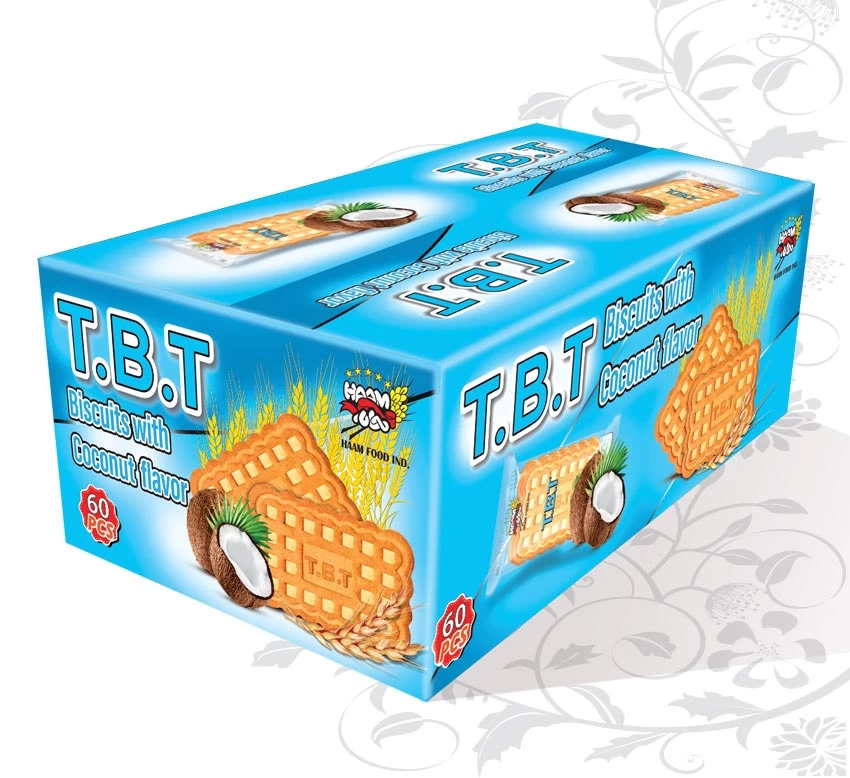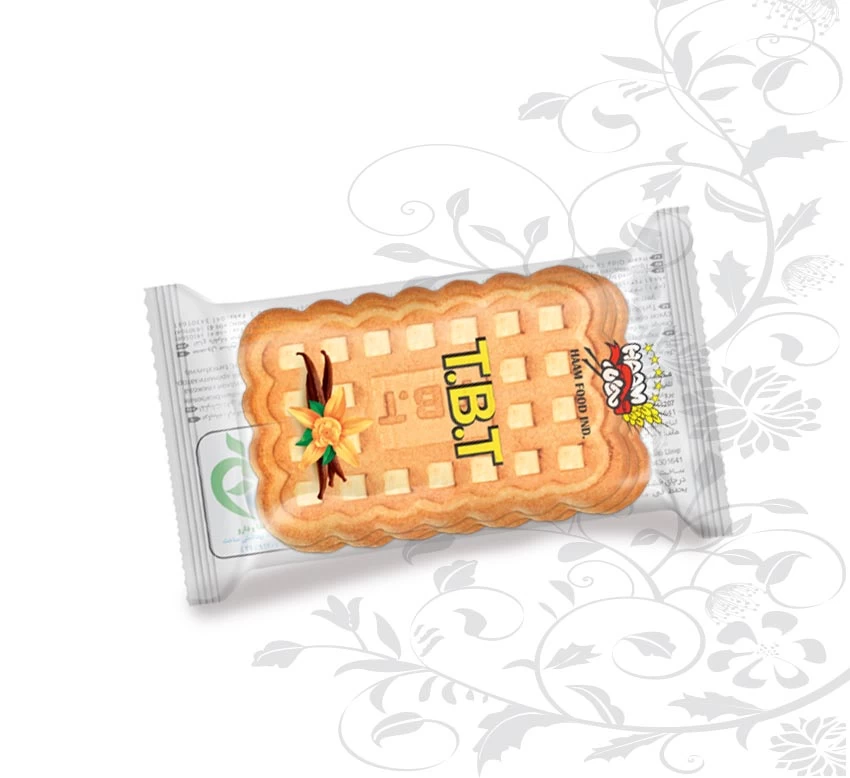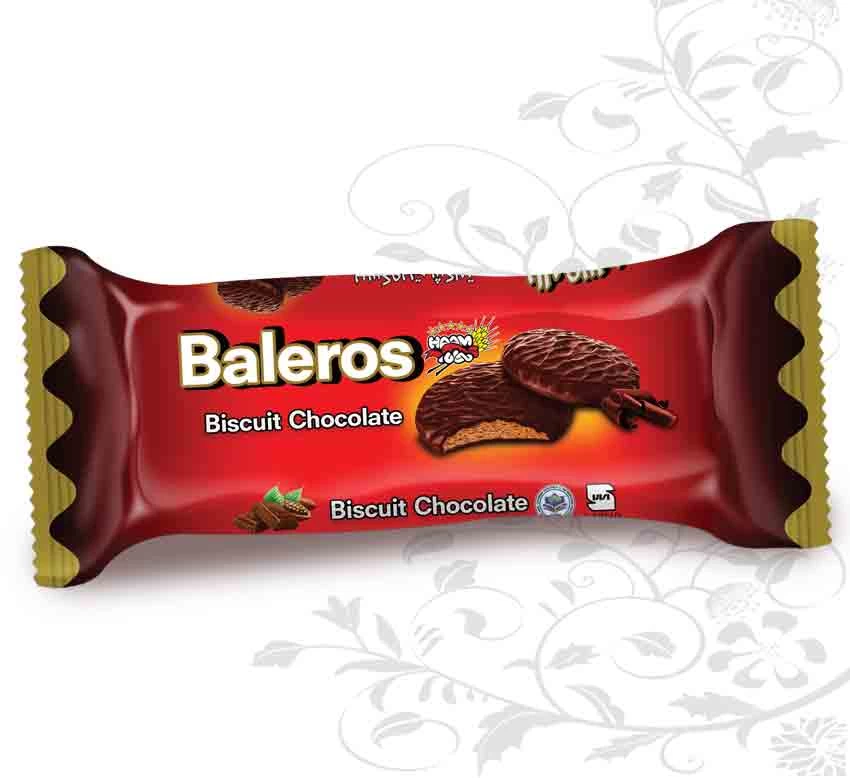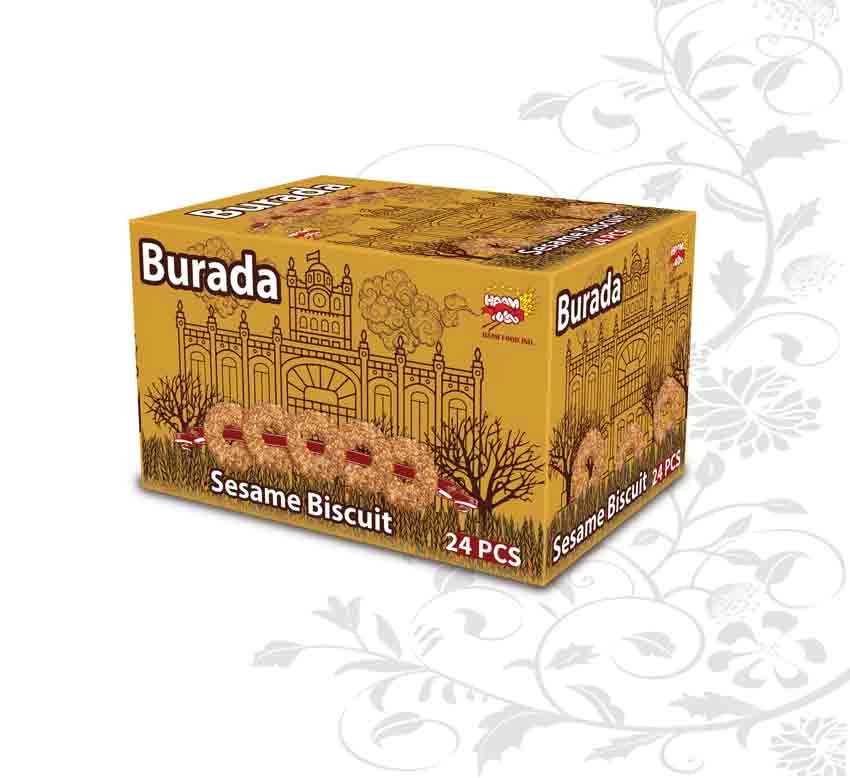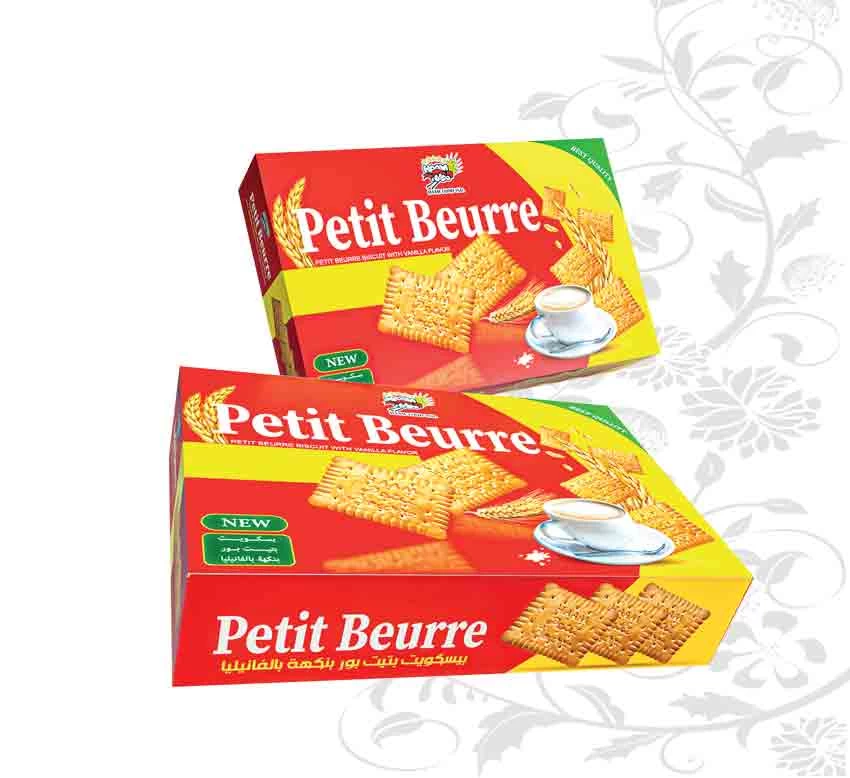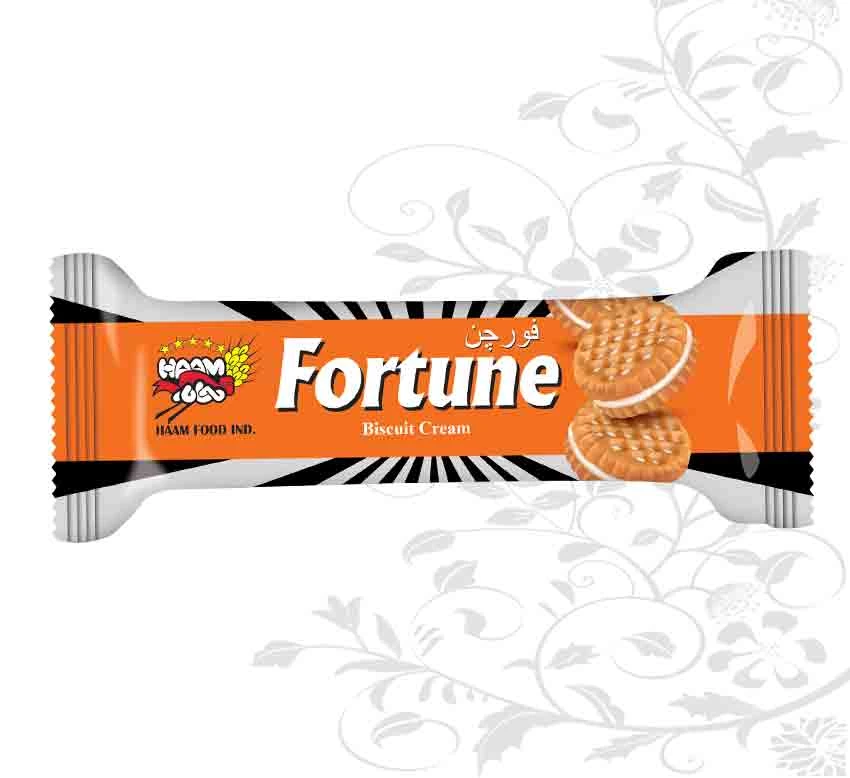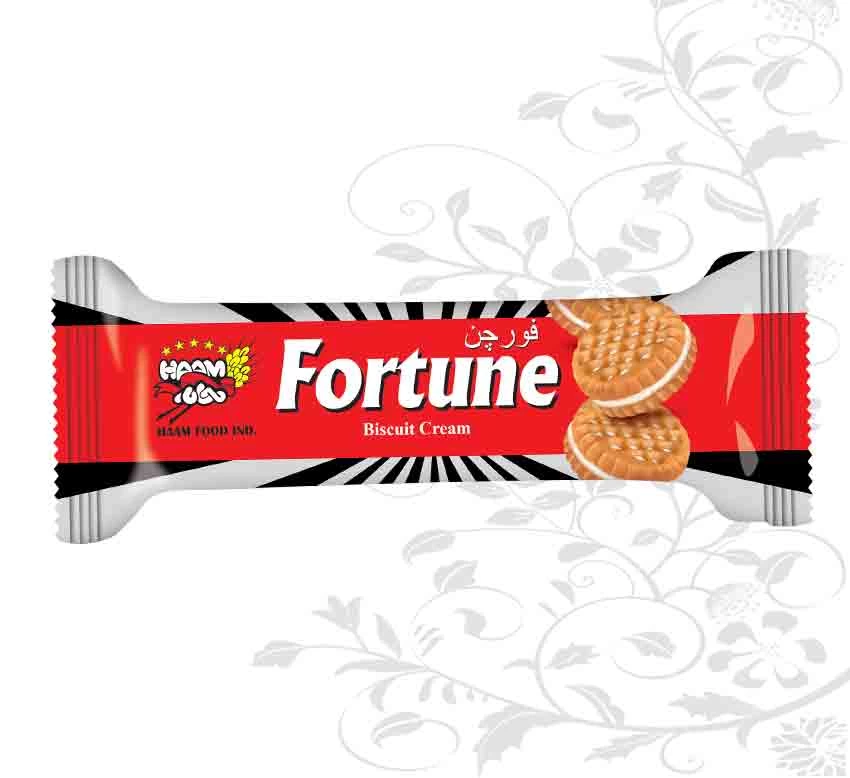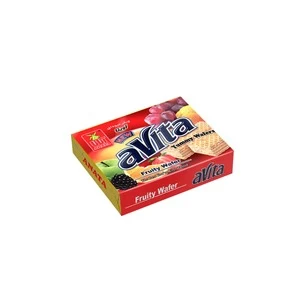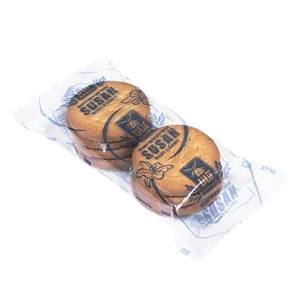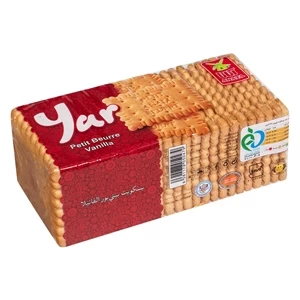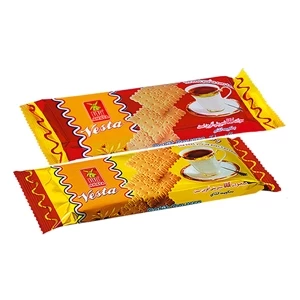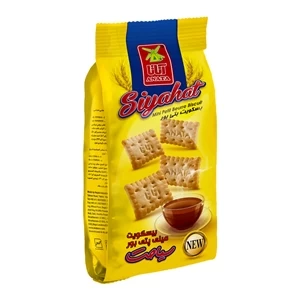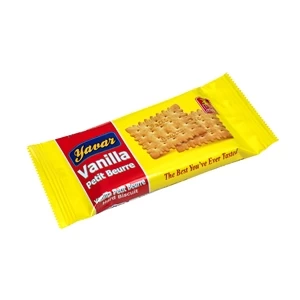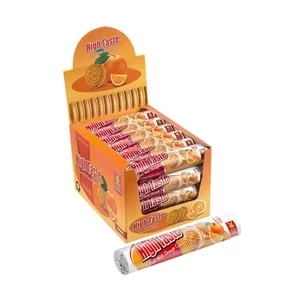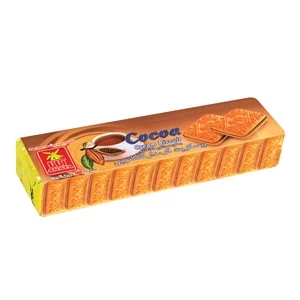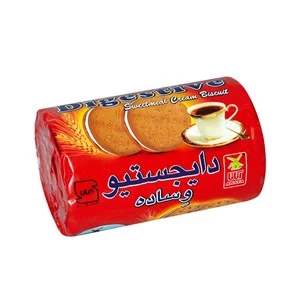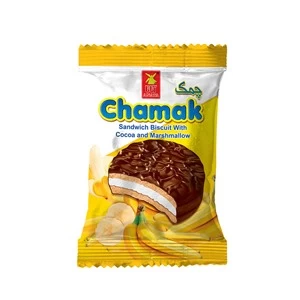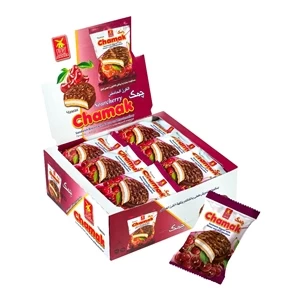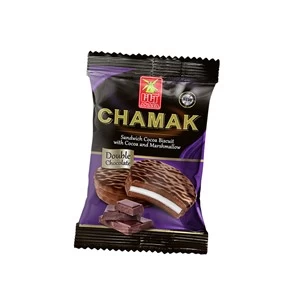Biscuits
Biscuits are delicious baked goods that are enjoyed in various forms and flavors around the world.
They are typically small, crisp, and often sweet or savory. Biscuits can be enjoyed as a standalone snack or used as a base for various desserts, such as pies or shortcakes.
The machinery used in biscuit production has evolved over time to meet the demands of large-scale manufacturing. Modern biscuit-making machines are capable of producing biscuits in high volumes with consistent quality.
Let's explore some of the key processes involved in biscuit production:
1. Mixing: In this stage, the ingredients like flour, sugar, fat (such as butter or margarine), leavening agents (like baking powder or bicarbonate of soda), and flavorings are combined in precise proportions. The mixing process ensures even the distribution of ingredients and the formation of a dough.
2. Forming: The dough is then passed through a forming machine, which shapes it into the desired biscuit form. This can include rotary molders, wire-cut machines, or extruders, depending on the type of biscuit.
3. Baking: The formed biscuits are then baked in ovens. Baking time and temperature vary depending on the type of biscuit, but it generally involves a combination of radiant heat from the oven walls and convection heat from forced air circulation. This process gives biscuits their characteristic texture and color.
4. Cooling: Once baked, the biscuits are transferred to cooling conveyors or racks to allow them to cool down and become crisp. Proper cooling is crucial to maintain the desired texture and prevent moisture retention.
5. Packaging: After cooling, the biscuits are packaged to ensure freshness and to protect them from breakage. Packaging can range from simple flow wraps to elaborate boxes, depending on the intended market and presentation.
_1711555160.jpg)
Now, let's explore some popular flavors of biscuits:
1. Plain/Sweet Biscuits: These are simple biscuits with a mildly sweet taste, often enjoyed with tea or coffee. They form the foundation for many other biscuit variations.
2. Chocolate Biscuits: These biscuits incorporate cocoa powder or chocolate chips into the dough, resulting in a rich chocolate flavor. Examples include chocolate digestives, chocolate chip cookies, or chocolate sandwich biscuits.
3. Butter Biscuits: These biscuits have a rich, buttery taste and a delicate, crumbly texture. They are often enjoyed as a standalone treat or used as a base for desserts like shortbread.
4. Cream-filled Biscuits: These biscuits consist of two layers with a creamy filling in between. Popular examples include sandwich biscuits filled with vanilla, chocolate, or fruit-flavored creams.
5. Savory Biscuits: Not all biscuits are sweet! Savory biscuits, such as cheese crackers or salted biscuits, offer a delicious alternative. They often feature ingredients like cheese, herbs, or spices for added flavor.
6. Nut Biscuits: These biscuits incorporate various nuts, such as almonds, walnuts, or hazelnuts, into the dough. Nut biscuits can have a delightful crunch and a nutty flavor.
7. Fruit Biscuits: Fruit-flavored biscuits often include dried fruits like raisins, currants, or cranberries. They can be enjoyed as a snack or as part of a breakfast spread.
These are just a few examples, and the world of biscuits offers a wide array of flavors and variations to suit different tastes and preferences.
The nutritional value of biscuits can vary depending on the ingredients used and the specific recipe. While biscuits can be a tasty treat, they are generally not considered a highly nutritious food choice. Here are a few factors to consider:
1. Energy Content: Biscuits are often high in calories and can contribute to weight gain if consumed in excess. Many biscuits contain added sugars, unhealthy fats, and refined flours, which can lead to an energy-dense product.
2. Added Sugars: Sweet biscuits typically contain added sugars, which can contribute to empty calories and may increase the risk of weight gain, dental issues, and chronic diseases when consumed in large amounts.
3. Fat Content: Biscuits can be high in unhealthy fats, such as saturated and trans fats. These fats can contribute to elevated cholesterol levels and an increased risk of heart disease if consumed excessively.
4. Fiber and Micronutrients: Biscuits made with refined flours often lack dietary fiber, which is important for digestive health and maintaining satiety. Additionally, the nutrient content of biscuits can vary depending on the specific recipe and the presence of added ingredients like nuts, fruits, or whole grains.
Overall, while biscuits can provide enjoyment as an occasional treat, they should not be relied upon as a significant source of nutrition. It's important to prioritize a well-rounded diet that includes a variety of nutrient-dense foods such as fruits, vegetables, whole grains, lean proteins, and healthy fats. If you're looking for healthier alternatives, you can explore options like homemade biscuits using whole grain flours, reducing added sugars, and incorporating nutritious ingredients like nuts or dried fruits
Exporting biscuits in Iran can be a significant industry, as biscuits are a popular snack consumed by Iranians of all ages. Iran has a well-established domestic market for biscuits, and some manufacturers also engage in exporting their products to other countries.
_1711555190.jpg)
Here are some key points regarding the export of biscuits in Iran:
1. Market Demand: Biscuits have a considerable demand in Iran, both as a standalone snack and as an accompaniment to tea or coffee. Iranians have a strong culture of hospitality and enjoy offering biscuits to guests. This demand provides an opportunity for biscuit manufacturers to cater to the domestic market while considering export opportunities.
2. Product Diversity: Iranian biscuit manufacturers produce a wide range of flavors and variations to cater to different consumer preferences. This product diversity allows manufacturers to target specific markets abroad, adapting their offerings to suit the tastes and preferences of consumers in those regions.
3. Quality and Standards: Exporting biscuits requires meeting quality and safety standards established by both the domestic and international markets. Iranian biscuit manufacturers need to comply with local food safety regulations and adhere to international standards to ensure the quality and safety of their products. This includes maintaining proper hygiene, packaging, labeling, and complying with any specific regulations of the target export market.
4. Export Markets: Iranian biscuit manufacturers have the potential to explore export markets in neighboring countries and beyond. Geographically, Iran has proximity to markets in the Middle East, Central Asia, and the Caucasus, which could be potential export destinations. Additionally, Iranian communities residing in other countries may also create a demand for Iranian-style biscuits, providing opportunities for export.
5. Trade Agreements: Iran's participation in trade agreements, such as preferential trade agreements or regional economic unions, can facilitate the export of biscuits. These agreements can provide tariff concessions or preferential access to certain markets, making it easier for Iranian manufacturers to compete and export their products.
Exporting biscuits in Iran can be a viable business opportunity for manufacturers who meet quality standards, understand target markets, and have effective marketing and distribution strategies in place.
_1711555160.jpg)
_1711555190.jpg)
Exporting biscuits in Iran can be a viable business opportunity for manufacturers who meet quality standards, understand target markets, and have effective marketing and distribution strategies in place.
FAQs
What are some popular types of biscuits around the world?
1. Digestive biscuits (United Kingdom) 2. Shortbread (Scotland) 3. Anzac biscuits (Australia and New Zealand) 4. Speculoos (Belgium and Netherlands) 5. Oreos (United States) 6. Marie biscuits (India) 7. Jammie Dodgers (United Kingdom) 8. Leibniz biscuits (Germany) 9. Hobnobs (United Kingdom) 10. Biscoff (Belgium)
How can I make homemade biscuits with healthier ingredients?
To make homemade biscuits with healthier ingredients, consider using whole wheat flour or a combination of whole wheat and all-purpose flour, reducing the amount of added sugar, using healthier fats like unsalted butter or coconut oil, and adding nutritious ingredients such as oats, nuts, or dried fruits for added fiber and flavor.
What are the key factors to consider when choosing a biscuit-making machine for a bakery?
When choosing a biscuit-making machine for a bakery, key factors to consider include the desired production capacity, the type and variety of biscuits to be produced, the level of automation and customization options offered by the machine, reliability and durability, ease of maintenance and cleaning, energy efficiency, and compliance with food safety and quality standards.
Are there any traditional cultural customs or occasions where biscuits play a significant role?
Yes, there are several traditional cultural customs and occasions where biscuits play a significant role. For example, biscuits are often served during afternoon tea in British culture. In the United States, biscuits are a staple in Southern cuisine and are commonly enjoyed with meals like fried chicken or as a base for biscuits and gravy. Additionally, biscuits are often included in holiday celebrations and festive occasions, such as Christmas or Eid, in various cultures around the world.
 +7929688-88-14
+7929688-88-14

 English
English
 Persian
Persian
 Russian
Russian
 Chinese
Chinese


 +7929688-88-14
+7929688-88-14

